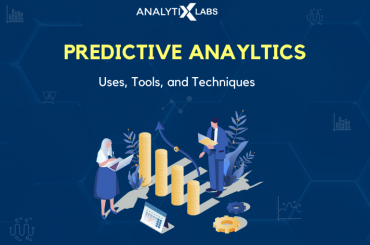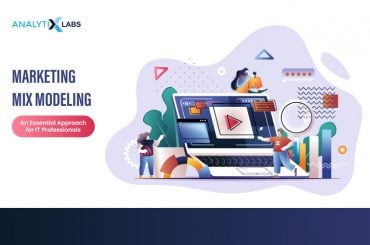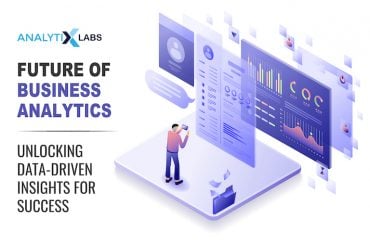You are interested in analytics and its application. However, only interest will not take you further. There are two phases of your analytics training. Phase 1 is about identifying what kind of analytics training you should take. Phase 2 is about understanding the practical implications of your analytics training (or in other words, understand the career prospects that will follow your analytics training).
A relatively common question that we get is: “I am very interested in learning analytics. Can you tell me what kind of analytics training will be right for me given my academic background?”
This is the starting of phase one. Often interested candidates fail to find the right analytics training because they are more prone to follow the latest trend. There are various degrees and courses available. The choice should not be based on ‘this reads nice.’ Rather it should follow the key question: What is it that I need to succeed in analytics? Here is your starting point:
Phase One: How to choose the analytics training that you need?
Take the analytics aptitude assessment test. This test may not be fun, but if you are willing to deal with data, then you need to have the aptitude for it.
#1. Are you clear on why you need an analytics training?
You must have a clear perception of what you want to do after your analytics training. This will help you pick the right training material. You can be an analyst or a data scientist or maybe a business professional. But you must be sure of what you want to be.
#2. Know where your skills lag
You know what you want to do. This will automatically give you an insight on what skills are important to take up that career. Data scientists require in-depth technical skills as well as be competent to work with business professionals. The top 6 analytical skills required are:
- Hands-on experience of Data-to-Decision Framework or DTD framework.
- SQL skills
- Basic knowledge of business analytics
- To work smoothly with stakeholders
- Comfortable with predictive analytics
- Experience with Stat tools like SAS, R, Knime, etc.
Out of these six skills, a business professional will require focussing on DTD framework, stat tools, effective collaboration with analysts, and advanced stat techniques.
#3. Upon knowing the skills you require, you will also know the skill gaps you have. Based on that, you must pick your analytics training.
There are three major options you have:
- Pursue master’s degree in analytics
- Opt for semester courses
- Enroll for a professional workshop
With these steps, you can surely choose the right analytics training. The most important takeaways for phase one are:
Your analytics training should:
- Provide hands-on experience
- Enable you to solve real business issues
- Put you in touch with an analytics expert
- Offer you the scope to work on a real-time project
Here phase one ends. You have now successfully picked the most suited analytics training. Next comes, your career in analytics. This analytics training should prepare you enough to start an analytics career. However, here are the go-to-tips before you make up your mind about your career.
Phase Two: Analytics Career
#4. If you are trying to make a career in analytics, you must know that things are not the same as it is with “IT” industry regarding placement, salaries, etc. Since analytics is mostly not taught in colleges (bachelor’s degree), placement is out of the question. Most companies look for analytics people with some prior knowledge of handling real-time business issues. It is, thus, better to participate in various hackathons, events, do real-time projects while in your analytics training period. All these will add credibility to your profile.
You can check various industry reports to know more about pay in analytics career.
#5. Analytics is not any trend that is here for a while. It is infact what the future will become. If you are opting for an analytics training to try, then it may not be a good deal for you. With each passing day, data is becoming more and more complicated. New technologies and tools are being used to handle these data safely.
To put it more simply: Data is the future currency that has already made its advent in the present era. Doing an analytics training for the fun of it will only put you in troubled waters when you have to handle real-time situations.
PS: No situation will be similar to another. You must be prepared to learn on-the-go.
#6. All domains have different requirements. It is essential to know (even before you have started with your analytics training) that each domain requires different kinds of analytics techniques. Better be expertise in any one domain than trying your hand on everything at one time.
These are some of the key tips to take care of before and after your analytics training. If you are looking for professional courses, then you can check our course catalog. For everything else, you can connect with us, and we can help you in finding the right analytics training that you will need for a successful career.








5 Comments
Good information in your blog.
Thank you for giving valuable information.
Thanks for the Impressive content. Keep up the good work.
Thank you for sharing valuable information.
I finally found a great post here. I will get back here. I just added your blog to my bookmark sites. thanks. Quality posts are crucial to invite the visitors to visit the web page, that’s what this web page is providing.
Thank You so much for sharing this information. I found it very helpful